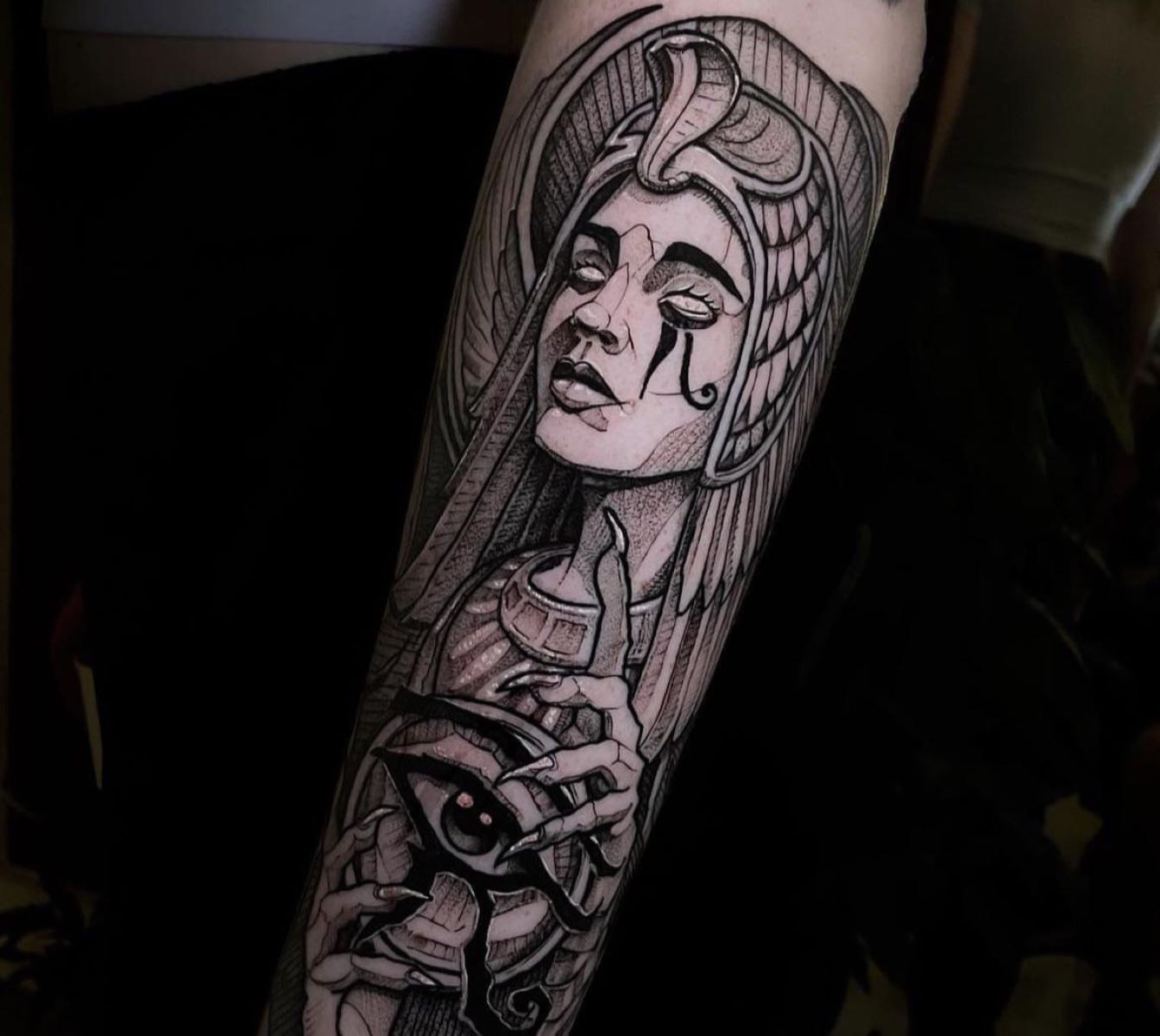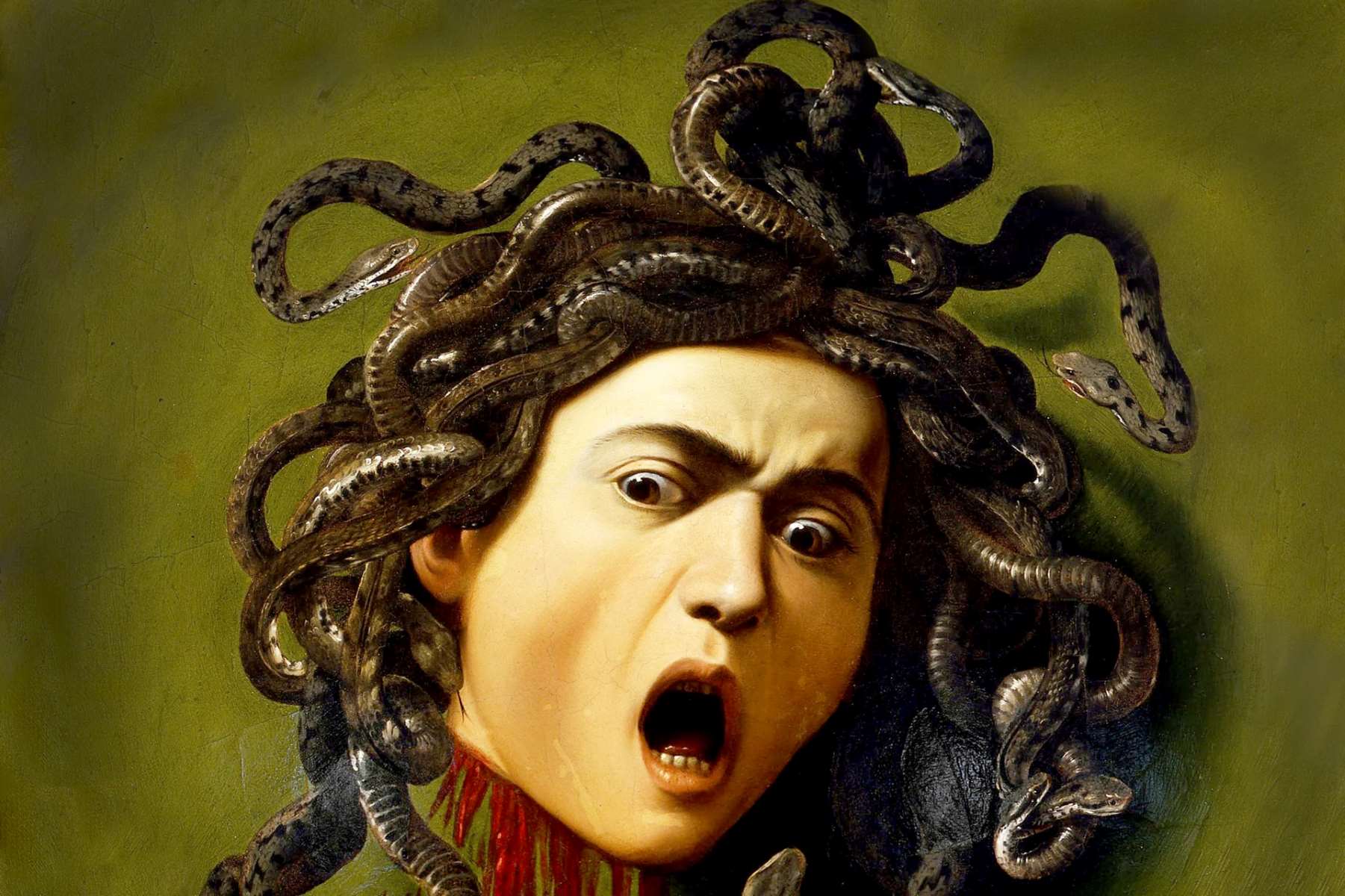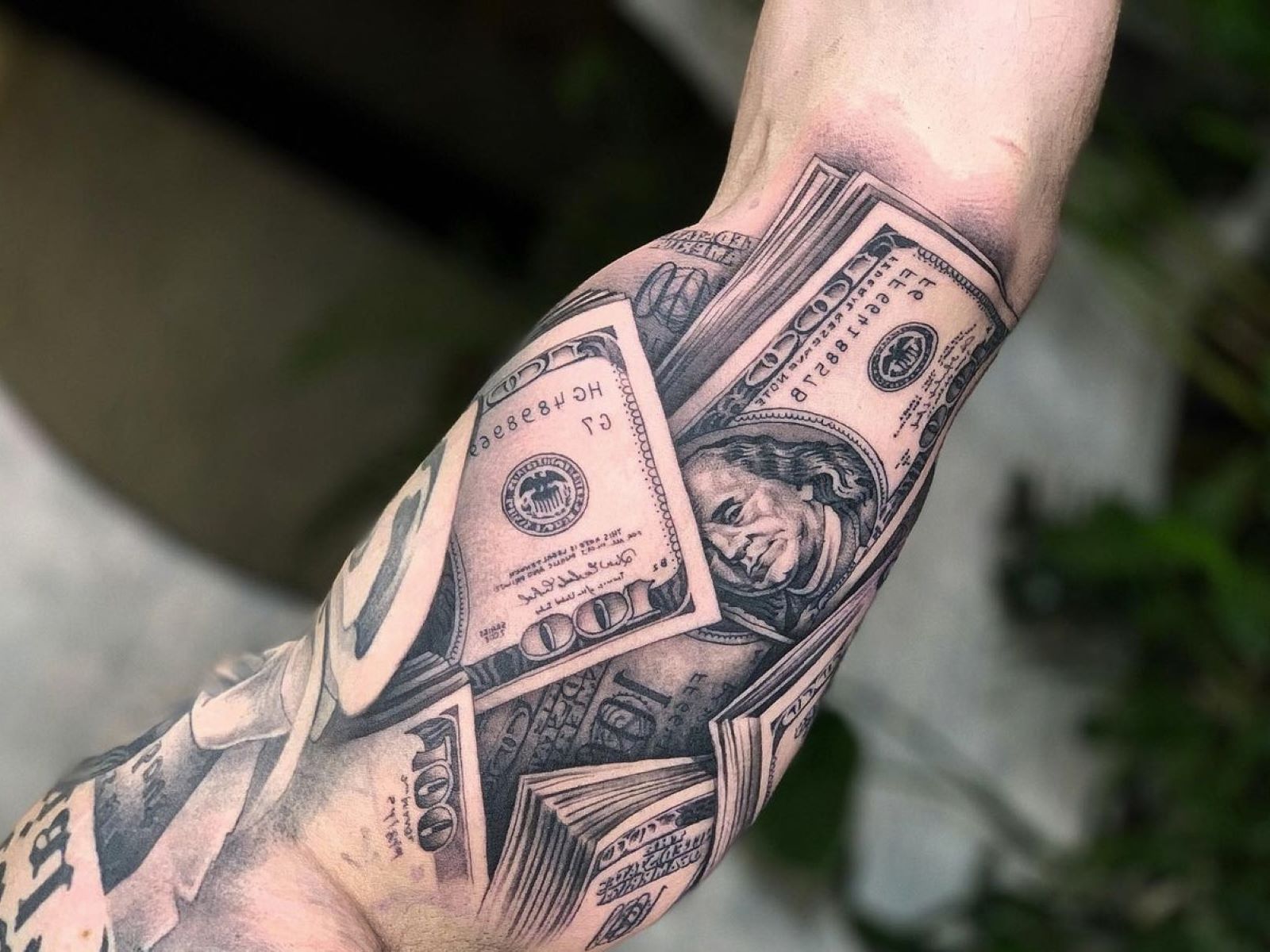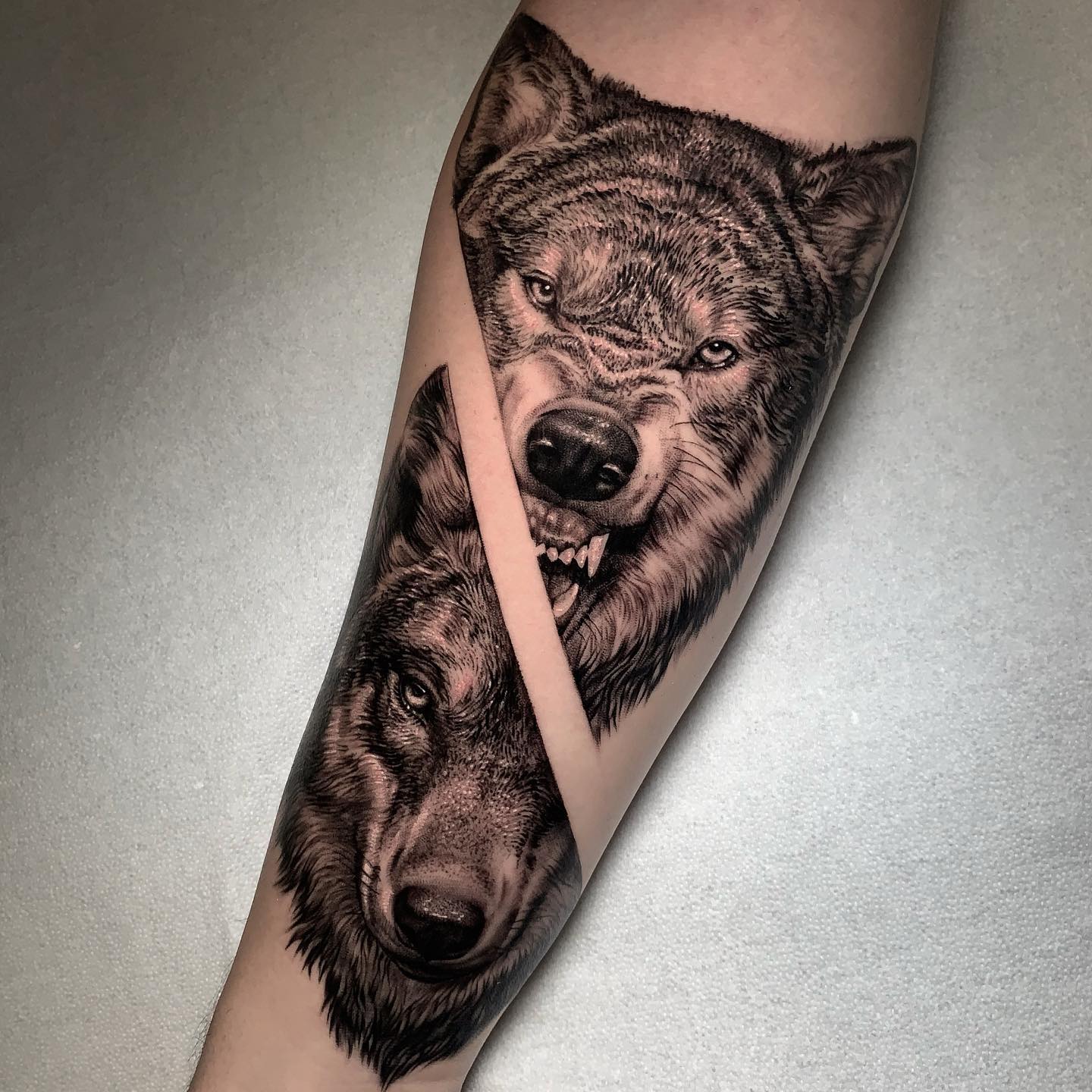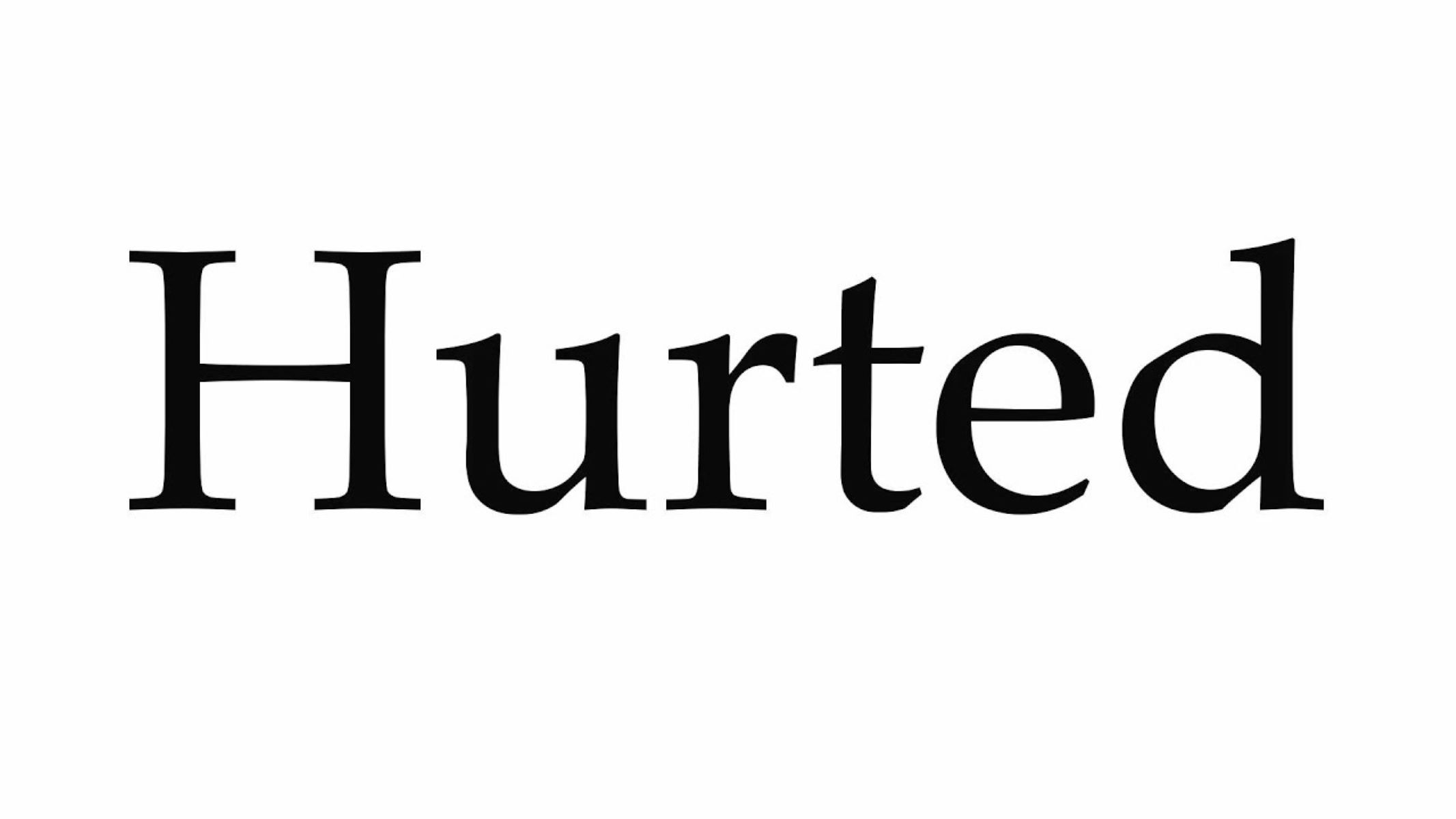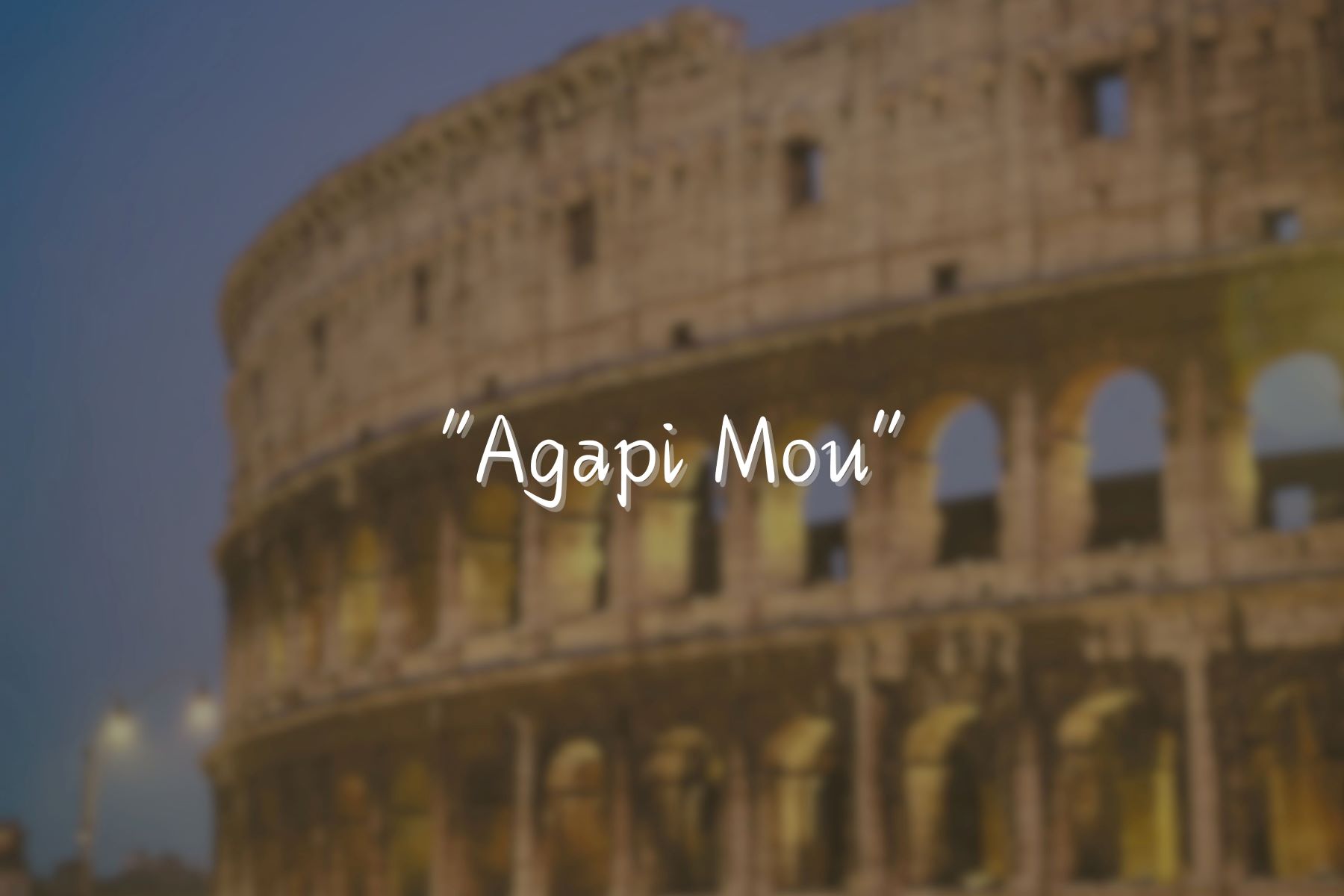Home>Opinion and Editorial>The Controversial Truth: Modern Christians And Tattoos – Are Greek And Viking Mythology Designs A Sin?
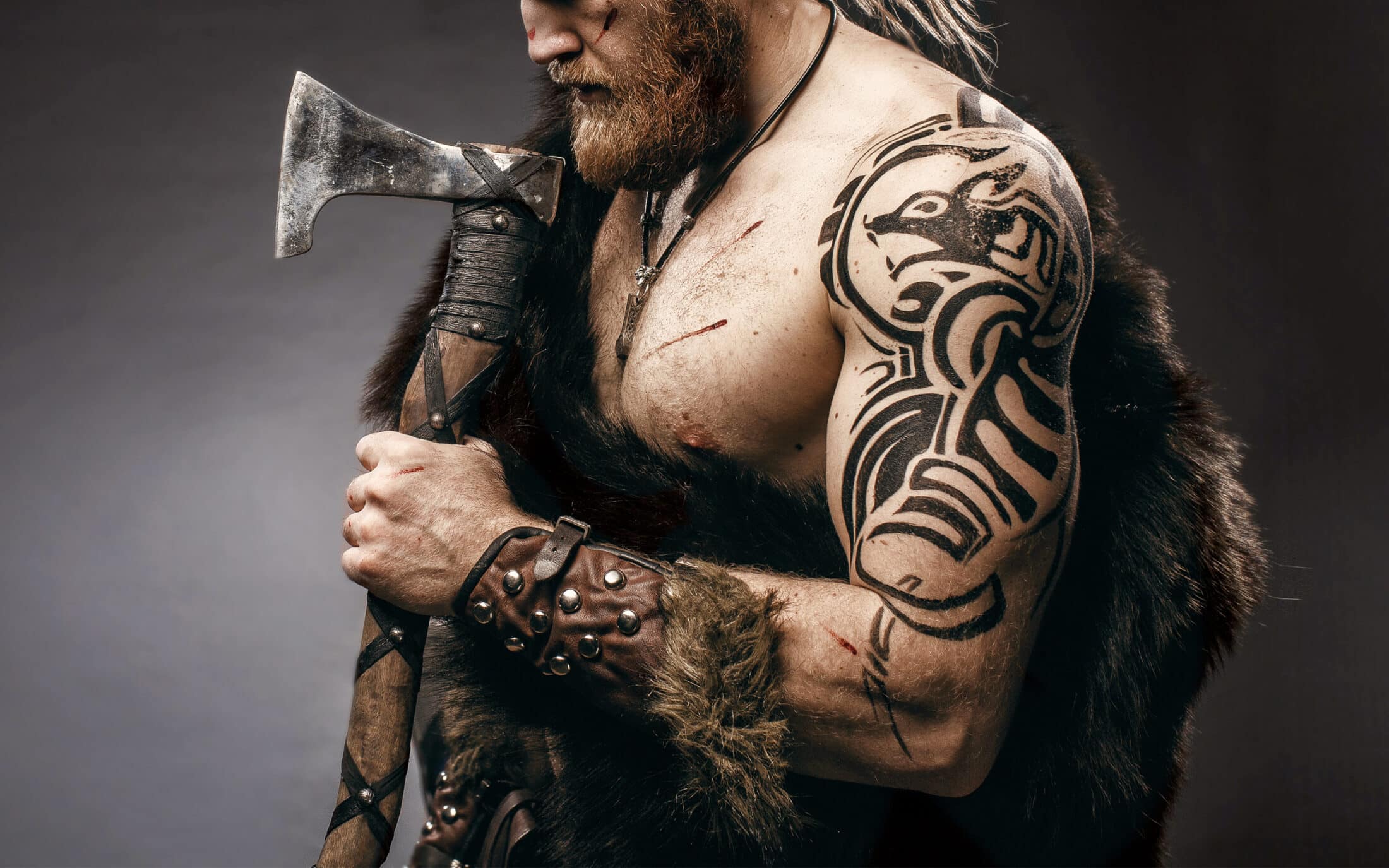

Opinion and Editorial
The Controversial Truth: Modern Christians And Tattoos – Are Greek And Viking Mythology Designs A Sin?
Published: January 25, 2024
Discover the controversial truth about modern Christians and tattoos, including whether Greek and Viking mythology designs are considered a sin. Read this opinion and editorial piece for insightful perspectives.
(Many of the links in this article redirect to a specific reviewed product. Your purchase of these products through affiliate links helps to generate commission for Regretless.com, at no extra cost. Learn more)
Table of Contents
Introduction
Tattoos have long been a topic of controversy within the Christian community, sparking debates and discussions on whether they are compatible with religious beliefs. The intersection of faith and body art has raised thought-provoking questions about self-expression, religious doctrine, and cultural influences. In exploring the complex relationship between modern Christianity and tattoos, it becomes evident that the issue extends beyond mere aesthetics, delving into the realms of history, theology, and personal convictions.
The perception of tattoos among Christians has evolved significantly over time, reflecting shifting societal attitudes and interpretations of religious teachings. While some denominations have embraced body art as a form of individual expression, others have maintained a more conservative stance, citing biblical references and traditional dogma. This dichotomy has given rise to a nuanced discourse that continues to shape the perspectives of believers and non-believers alike.
As we delve into this multifaceted subject, it is crucial to examine the historical context of tattoos within Christianity, tracing their origins and the varying attitudes towards them throughout different eras. Moreover, we will explore the contemporary viewpoints held by modern Christians regarding tattoos, shedding light on the diverse spectrum of opinions and the factors that inform them. Additionally, we will address the contentious issue of Greek and Viking mythology designs, scrutinizing whether their incorporation into tattoos is deemed sinful within the framework of Christian ethics.
By navigating through these intricate layers of history, theology, and cultural symbolism, we aim to unravel the complexities surrounding tattoos in the context of modern Christianity. This exploration will provide valuable insights into the diverse perspectives and debates that continue to shape the discourse on this contentious subject. As we embark on this journey, it is essential to approach the topic with an open mind, acknowledging the diversity of beliefs and interpretations that contribute to the rich tapestry of Christian thought and practice.
Read more: The Controversial Truth About Rosary Tattoos
The History of Tattoos in Christianity
The history of tattoos in Christianity is a complex tapestry woven with cultural, religious, and sociological threads. The practice of tattooing has been intertwined with various religious traditions throughout history, and Christianity is no exception. While the perception of tattoos within the Christian faith has undergone significant shifts over the centuries, the historical context provides valuable insights into the evolving attitudes towards body art.
In the early centuries of Christianity, tattoos were not uncommon among certain Christian communities. The symbolism and imagery depicted in these early Christian tattoos often reflected profound spiritual meanings, serving as visible markers of faith and devotion. These tattoos were imbued with religious significance, representing the wearer's commitment to their beliefs and their identification with the Christian community.
However, as Christianity spread and evolved, the perception of tattoos within the faith underwent a transformation. The influence of broader cultural norms and the emergence of specific theological interpretations led to a shift in attitudes towards body art. In some periods, tattoos were associated with marginalized or stigmatized groups, leading to their disapproval within certain Christian circles.
During the medieval era, tattoos became linked with pilgrimage and religious devotion, with pilgrims often receiving tattoos as mementos of their spiritual journeys. These tattoos, known as "pilgrims' badges," were considered sacred symbols of faith and were widely accepted within the context of religious pilgrimage.
The Protestant Reformation brought about further changes in the perception of tattoos within Christianity. As theological doctrines and religious practices underwent scrutiny and reform, the attitudes towards body art also experienced a shift. While some Protestant denominations maintained a cautious approach towards tattoos, others adopted a more permissive stance, emphasizing individual conscience and personal expression.
In recent centuries, the prevalence of tattoos among Christians has continued to fluctuate, influenced by cultural trends, theological interpretations, and individual convictions. The rich historical tapestry of tattoos in Christianity reflects the interplay of tradition, culture, and religious beliefs, shaping the diverse perspectives held by modern Christians on this enduring form of body art.
Modern Christian Views on Tattoos
In contemporary Christianity, the perspectives on tattoos span a broad spectrum, reflecting diverse theological interpretations and personal convictions. Within this mosaic of beliefs, there exists a continuum ranging from staunch opposition to wholehearted acceptance, with numerous nuanced positions in between.
Some Christian denominations uphold traditional teachings that caution against tattoos, citing biblical passages that emphasize the sanctity of the body as a temple of the Holy Spirit. This perspective underscores the belief that altering one's body through tattoos may conflict with the reverence and respect due to the divine dwelling within the individual. Such interpretations often draw from verses in the Old Testament, such as Leviticus 19:28, which admonishes against marking the body. For adherents of these denominations, the aversion to tattoos is rooted in a deep reverence for scripture and a commitment to upholding traditional doctrines.
Conversely, many modern Christians have embraced a more permissive view of tattoos, viewing them as a form of self-expression and personal adornment rather than a theological transgression. This perspective emphasizes the freedom and autonomy of individuals to make choices regarding their bodies, guided by their own conscience and understanding of faith. For these believers, tattoos serve as meaningful expressions of personal narratives, faith journeys, and cultural identities, reflecting the diverse experiences and beliefs that enrich the tapestry of Christian expression.
Moreover, the cultural context in which individuals practice their faith plays a significant role in shaping their views on tattoos. In some global regions, tattoos are deeply intertwined with indigenous traditions and cultural practices, leading to a more accepting stance within certain Christian communities. The recognition of tattoos as integral aspects of cultural heritage and identity has prompted a reevaluation of their place within the framework of Christian faith, fostering a more inclusive and diverse approach to body art.
In navigating these diverse perspectives, it becomes evident that modern Christian views on tattoos are not monolithic but rather reflective of the complex interplay between tradition, culture, and individual interpretation of religious teachings. As the dialogue on this subject continues to evolve, it underscores the dynamic nature of faith and the ongoing exploration of how ancient traditions intersect with contemporary expressions of spirituality.
Greek and Viking Mythology Designs: Are They a Sin?
The incorporation of Greek and Viking mythology designs in tattoos has sparked intriguing debates within the Christian community, raising questions about the theological implications of integrating ancient mythological symbols into body art. The contentious nature of this discourse reflects the intersection of cultural heritage, religious beliefs, and individual expressions of faith.
Within Christianity, the consideration of Greek and Viking mythology designs in tattoos often revolves around the interpretation of idolatry and the potential conflicts with monotheistic principles. Some Christians express concerns that incorporating symbols associated with ancient mythologies may inadvertently convey reverence or adulation towards deities or figures contrary to the Christian faith. This apprehension stems from the scriptural admonitions against idolatry and the worship of false gods, framing the debate within the context of theological fidelity and spiritual devotion.
On the other hand, proponents of incorporating Greek and Viking mythology designs in tattoos offer alternative perspectives, emphasizing the cultural and historical significance of these symbols. They argue that the use of such imagery is not necessarily indicative of religious veneration but rather serves as a homage to ancestral heritage, mythological narratives, and artistic motifs. For many individuals, these designs are expressions of cultural pride and aesthetic appreciation, devoid of any religious connotations.
The diverse interpretations of Greek and Viking mythology designs in tattoos underscore the complexity of navigating cultural symbolism within the framework of Christian ethics. As believers grapple with these considerations, the dialogue surrounding this issue continues to evolve, reflecting the dynamic interplay between tradition, heritage, and contemporary expressions of faith.
In contemplating the theological implications of incorporating Greek and Viking mythology designs into tattoos, Christians are prompted to engage in introspective discernment, examining the motivations, meanings, and implications of their body art choices. This introspective process invites believers to reflect on the intersection of cultural symbolism, personal expression, and the foundational tenets of their faith, fostering a deeper understanding of the complexities inherent in the realm of body art within the context of modern Christianity.
Conclusion
In conclusion, the multifaceted relationship between modern Christianity and tattoos encompasses a rich tapestry of historical, theological, and cultural dynamics. The historical journey of tattoos within Christianity reflects a complex interplay of tradition, interpretation, and evolving societal norms. From the early symbolism of faith and pilgrimage to the varied attitudes shaped by the Protestant Reformation and contemporary cultural influences, the history of tattoos in Christianity is a testament to the dynamic nature of religious expression.
The modern perspectives on tattoos among Christians encapsulate a diverse spectrum of beliefs, ranging from traditional reservations rooted in scriptural interpretations to a more permissive embrace of body art as a form of personal expression and cultural identity. This diversity of viewpoints underscores the nuanced interplay between individual conscience, cultural context, and theological considerations, highlighting the dynamic nature of faith within the contemporary landscape.
The incorporation of Greek and Viking mythology designs in tattoos has emerged as a thought-provoking dimension of this discourse, prompting believers to navigate the complexities of cultural symbolism and theological fidelity. The debates surrounding these designs reflect the ongoing dialogue within the Christian community, inviting introspective contemplation and discernment regarding the intersection of cultural heritage, personal expression, and religious convictions.
Ultimately, the discourse on tattoos in modern Christianity embodies the dynamic tension between tradition and contemporary interpretation, inviting believers to engage in thoughtful reflection, respectful dialogue, and empathetic understanding. As the dialogue continues to evolve, it underscores the enduring capacity of faith to adapt and engage with the complexities of human expression, cultural heritage, and individual identity.
Through this exploration, it becomes evident that the conversation on tattoos within Christianity transcends mere aesthetic preferences, delving into the realms of personal conviction, cultural heritage, and theological discernment. As believers navigate this intricate terrain, they are called to embrace the diversity of perspectives, engage in empathetic dialogue, and foster a deeper understanding of the rich tapestry of human expression within the context of faith.


